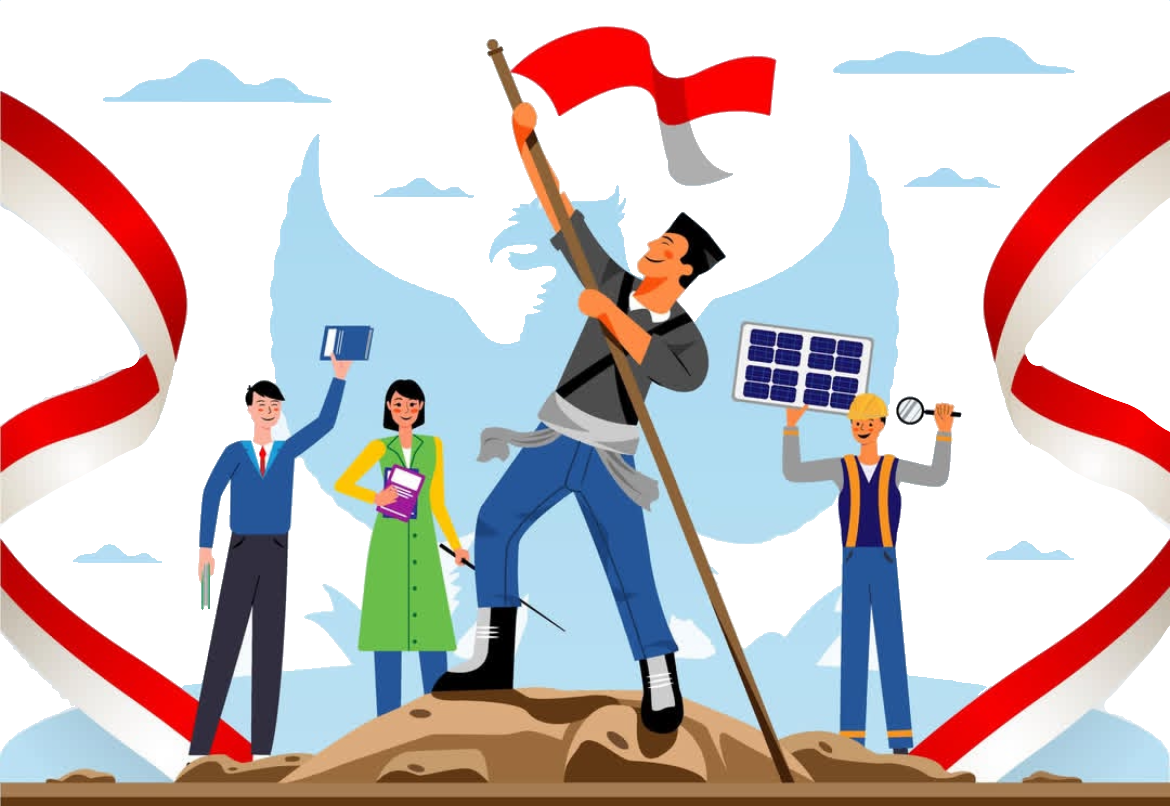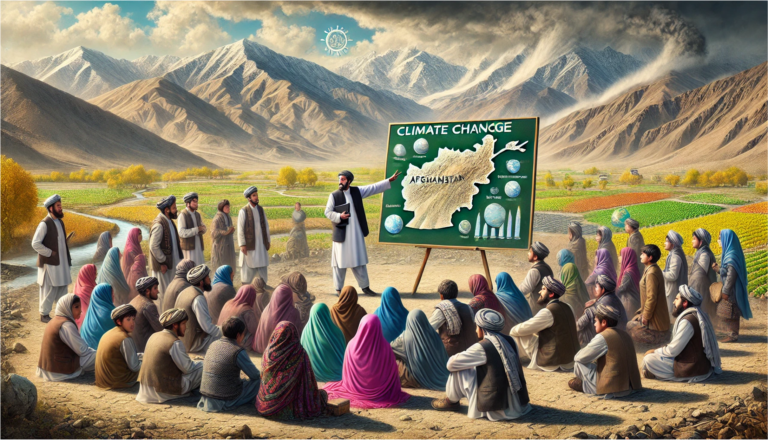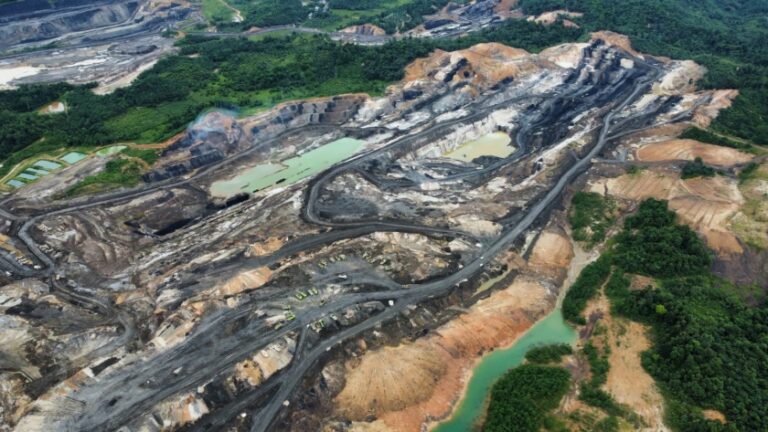Generally speaking, the Global South is usually defined as the boundaries or geographical and economic position, while their borders are important in the fight against climate change. Historically, as the global South is marginalized in international decision-making, countries and nations spanning Asia, Africa, Latin America, or even the Pacific sometimes are disproportionately and get a higher impact level by climate change, such as sea level rise, extreme weather events, and natural disasters. However, all these facts and challenges lie in how the global South, as a hub for climate adaptation and mitigation efforts and activism, can stand in a place where everybody can connect and raise their voice. This blog of mine will proportionally discuss how the region has defined the global climate in recent years, which can be conducted by policies that are equitable solutions and community-based initiatives.
Climate Adaptation in the Global South
Adaptation strategies in the Global South are critical as these regions face the brunt of climate impacts. Vulnerable communities are developing localized solutions to withstand rising temperatures, flooding, and droughts. For instance, small island nations in the Pacific are building elevated housing and investing in mangrove reforestation to combat coastal erosion and sea level rise. Similarly, the existing countries in Sub-Saharan Africa are adopting climate-resilient agricultural practices, such as drought-resistant crops and water-efficient irrigation systems, to ensure that everyone impacted by food security can be maintained well and live in harmony with themselves.
Traditional ecological knowledge plays a key role in adaptation strategies. Indigenous communities across the Global South have long practiced sustainable resource management, now integrated with modern technologies to strengthen climate resilience. For example, in India, farmers combine ancient rainwater harvesting techniques with advanced weather forecasting tools to improve agricultural yields while conserving water.
Global diplomacy support is really important in scaling these efforts. Developing countries require a lot of financial resources, technology adaptation transfer, and building programs that can enlarge the high-level scale of adaptation measures. The $100 billion annual climate finance pledge from developed nations in recent years, especially after the establishment of the Paris Agreement, remains a critical yet unmet goal. Bridging this funding gap is essential for empowering the Global South to adapt effectively to climate change.
Mitigation Efforts Led by the Global South
Mitigation, or efforts to reduce greenhouse gas emissions, is another area where the Global South is making significant strides. While historically contributing less to global emissions in previous decades, these nations embrace renewable energy transitions to meet future demands sustainably and responsibly. Countries like Brazil, India, and South Africa lead the charge with ambitious renewable energy targets and innovative technologies.
Brazil, for instance, is harnessing its vast natural resources to develop biofuels, particularly ethanol derived from sugarcane. Meanwhile, India is rapidly expanding its solar power capacity through initiatives like the International Solar Alliance (ISA), which aims to mobilize global efforts for solar energy adoption. South Africa is transitioning from reliance on coal to renewable energy sources, driven by its Renewable Energy Independent Power Producer Procurement Program (REIPPPP), which attracts private investment into clean energy projects.
These mitigation efforts reduce emissions and create economic opportunities. Renewable energy and green infrastructure generate jobs, attract foreign investment, and boost strong local economies. The Global South demonstrates that economic growth and climate responsibility can coexist by prioritizing low-carbon development pathways.
However, these nations face significant challenges in their mitigation journeys. Access to affordable technology, political will, and the need for equitable international partnerships are crucial for scaling their efforts. Developed countries must fulfill their obligations under the Paris Agreement by supporting technology transfers and ensuring fair trade policies that promote sustainable development in the Global South.
Climate Justice: Act Now
Activism is a driving force in positioning the Global South as a leader in the climate movement. Grassroots movements and youth-led initiatives are amplifying calls for climate justice, highlighting the disproportionate impacts of climate change on marginalized communities. Activists from these regions are bringing global attention to the urgency of addressing loss and damage, a critical issue for nations most affected by climate disasters.
Movements like Fridays for Future in Africa and Asia have mobilized thousands of young people to demand systemic changes from governments and corporations. These activists emphasize the need for inclusive climate policies that prioritize vulnerable populations and address historical inequities. The call for reparations and increased climate finance is gaining traction in international forums. Global South nations argue that those who contributed the least to climate change should not bear its heaviest burdens.
Moreover, the Global South is leading by example in embracing community-driven solutions. Local organizations and NGOs collaborate with governments to implement afforestation, waste management, and sustainable urban planning projects. These initiatives empower communities, foster resilience, and ensure that climate action is inclusive and equitable.
Redefining the Global South’s Role
The Global South’s role in the global climate agenda is no longer confined to being a victim of climate change; let them as a Key Driver, main player; or permanent actor, as it is increasingly seen as a leader and innovator. By leveraging its unique strengths—rich biodiversity, traditional knowledge systems, and vibrant activism—the Global South is reshaping the narrative of climate action. However, achieving this potential requires stronger global cohesion and a commitment to climate justice.
Developed countries must recognize the leadership of the Global South and work towards equitable partnerships. The efforts include honoring financial commitments, providing access to affordable technology, and removing trade barriers hindering sustainable development. Multilateral forums, such as the United Nations Framework Convention on Climate Change (UNFCCC), must prioritize the voices of Global South nations in decision-making processes.
At the same time, internal reforms within the Global South are necessary. Governments must align their policies with climate goals, strengthen regional cooperation, and foster public-private partnerships to scale climate solutions. Empowering women, youth, and marginalized communities to participate in climate decision-making will ensure inclusive and effective policies.
Closing
The Global South is at the forefront of redefining climate action through adaptation, mitigation, and activism. As these continents, the biggest democracies, and the world’s biggest economies can navigate the complexities of climate change, they offer valuable lessons on resilience, innovation, and justice. By empowering collaborative approaches and equitable solutions in society, the Global South can lead toward a sustainable future for all. The global community must support this leadership by fostering partnerships prioritizing justice, inclusivity, and shared responsibility. Together, we can build a world that is resilient to climate change and equitable and sustainable for generations to come.









+ There are no comments
Add yours